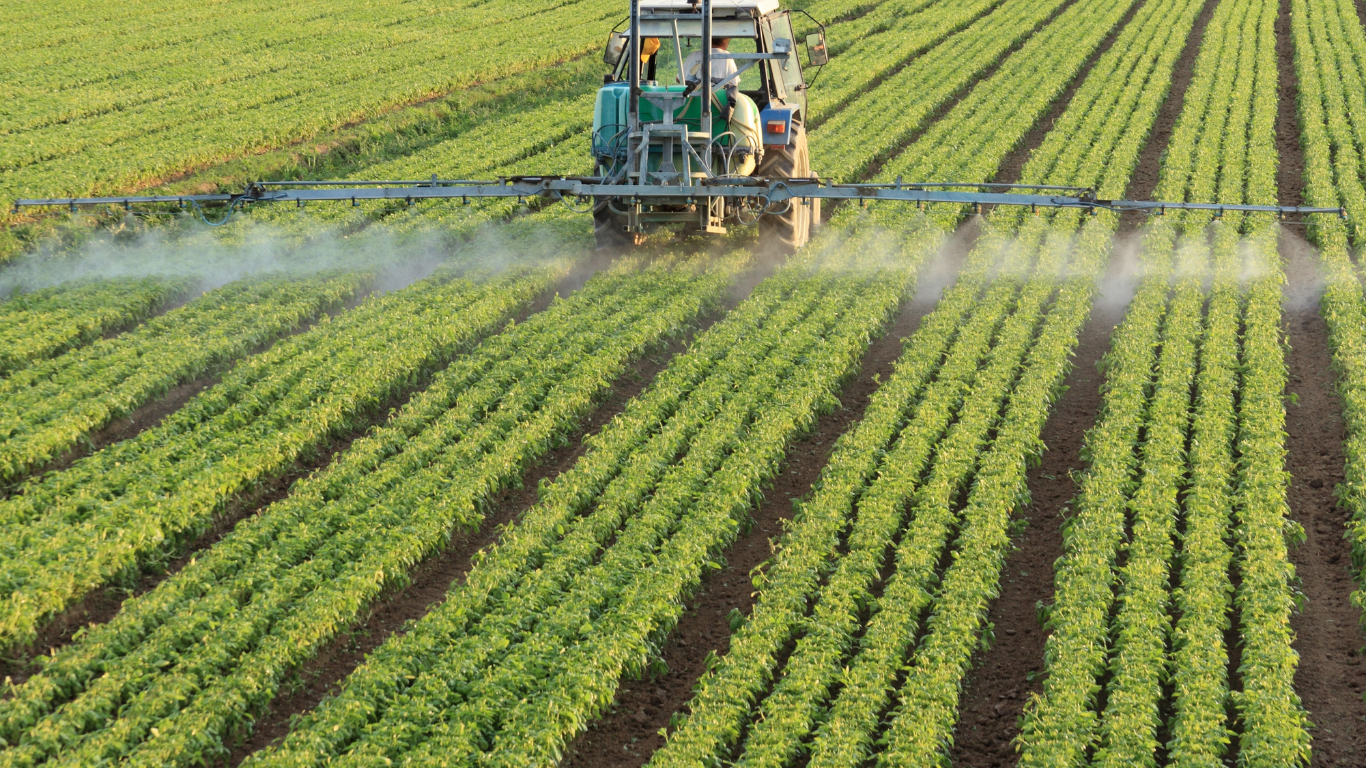Last week we looked at the basic supply/demand factors contributing to the surge in fertilizer prices. The abnormally high fertilizer market prompts the question: How much of a financial burden do these prices represent for producers? Today we are highlighting a study attempting to address that very question. The Agricultural & Food Policy Center (AFPC) at Texas A&M maintains data on 64 representative crop farms across the U.S. The data, provided by the consensus of local producer groups, describes the capital structure and operating parameters necessary to forecast a financial outlook for each representative farm. The basic idea of the study was to impose higher fertilizer expense on each farm and compare the bottom-line results for a 2022 outlook with that of a baseline scenario (a fertilizer market without the current surge in prices expected in 2022). Here’s the link to the full paper: Economic Impacts of Higher Fertilizer Prices on AFPC’s Representative Crop Farms.
As a baseline, the study assumes the market outlook as described by the Food and Agricultural Policy Research Institute (FAPRI) August 2021 Baseline for commodity prices and cost inflation. In the baseline, fertilizer price inflation estimates in 2022 were 9.9% for Nitrogen (N) and 13.6% for Phosphorous and Potash (P & K). Based on estimates of spot prices observed at the time of the study, the alternative higher cost scenario assumed inflation factors of 55.4% for N and 50.8% for P&K. Results outline the total impact to each farm’s NPK costs for 2022. Alternative inflation assumptions result in an approximate 37% higher fertilizer bill for all farms. For 25 feed grain farms, the average increase in fertilizer cost for 2022 was $128,000 (or almost $40/acre over the baseline scenario). Rice farms saw the highest per acre increase with an average across 15 farms of roughly $62/acre. Both cotton and wheat farms would experience near $100,000 higher total NPK costs on average or approximately $30/acre and $20/acre, respectively.
Summary Results of AFPC Study on Fertilizer Price Impact
| Type (# of Farms) | Avg. Planted Acres | NPK CostsBase($1,000) | NPK CostsAlternative ($1,000) | NPK CostsDifference ($1,000) | NPK CostsDifference ($/Acre) |
| Feed Grain (25) | 3,178 | 350 | 478 | 128 | 39.55 |
| Wheat (11) | 4,319 | 249 | 343 | 94 | 19.64 |
| Cotton (13) | 4,199 | 303 | 417 | 114 | 29.72 |
| Rice (15) | 2,512 | 337 | 463 | 126 | 62.04 |
While the study illustrates a significant cost increase, two important factors suggest the results are somewhat conservative in measuring the impact of recent fertilizer trends. First, the study only measures an estimated change in 2022 costs. Fertilizer prices started their recent trend well before 2022. Fertilizer had already seen significant increases in 2021 (17% for N and 26% for P&K relative to 2020). Combining the two years, even the baseline in the study reflects 2022 prices that are 29% (N) and 43% (P&K) higher compared to 2020. Second, the approximate 50% increase for 2022 may not be high enough. Since the study was completed, spot prices this year have approached triple the prices from 2020. On the other hand, it is important to note that current commodity future prices indicate an improved revenue in 2022 for most producers, which will offset some of the sting of increased costs of production. In that vein, next week we will look at current and past fertilizer trends relative to commodity prices.
Monthly Average Fertilizer Nutrient Prices, January 2000 to October 2021

Reference:
Outlaw, et al. Economic Impact of Higher Fertilizer Prices on AFPC’s Representative Crop Farms. Texas A&M University System, Agricultural and Food Policy Center Briefing Paper 22-01. January 2022.
Klose, Steven, and J. Marc Raulston. “Financial Impacts of Higher Fertilizer“. Southern Ag Today 2(6.3). February 2, 2022. Permalink


